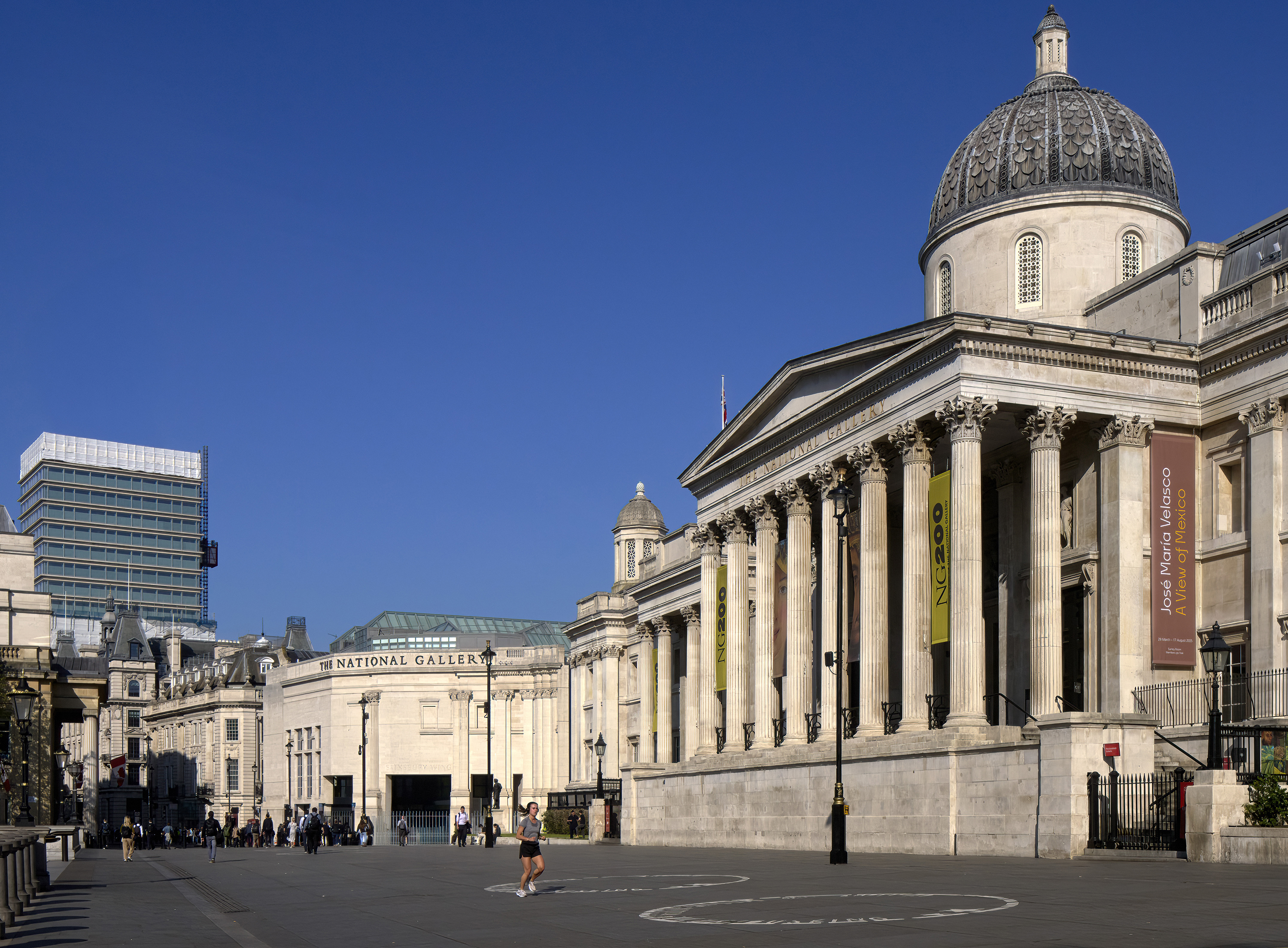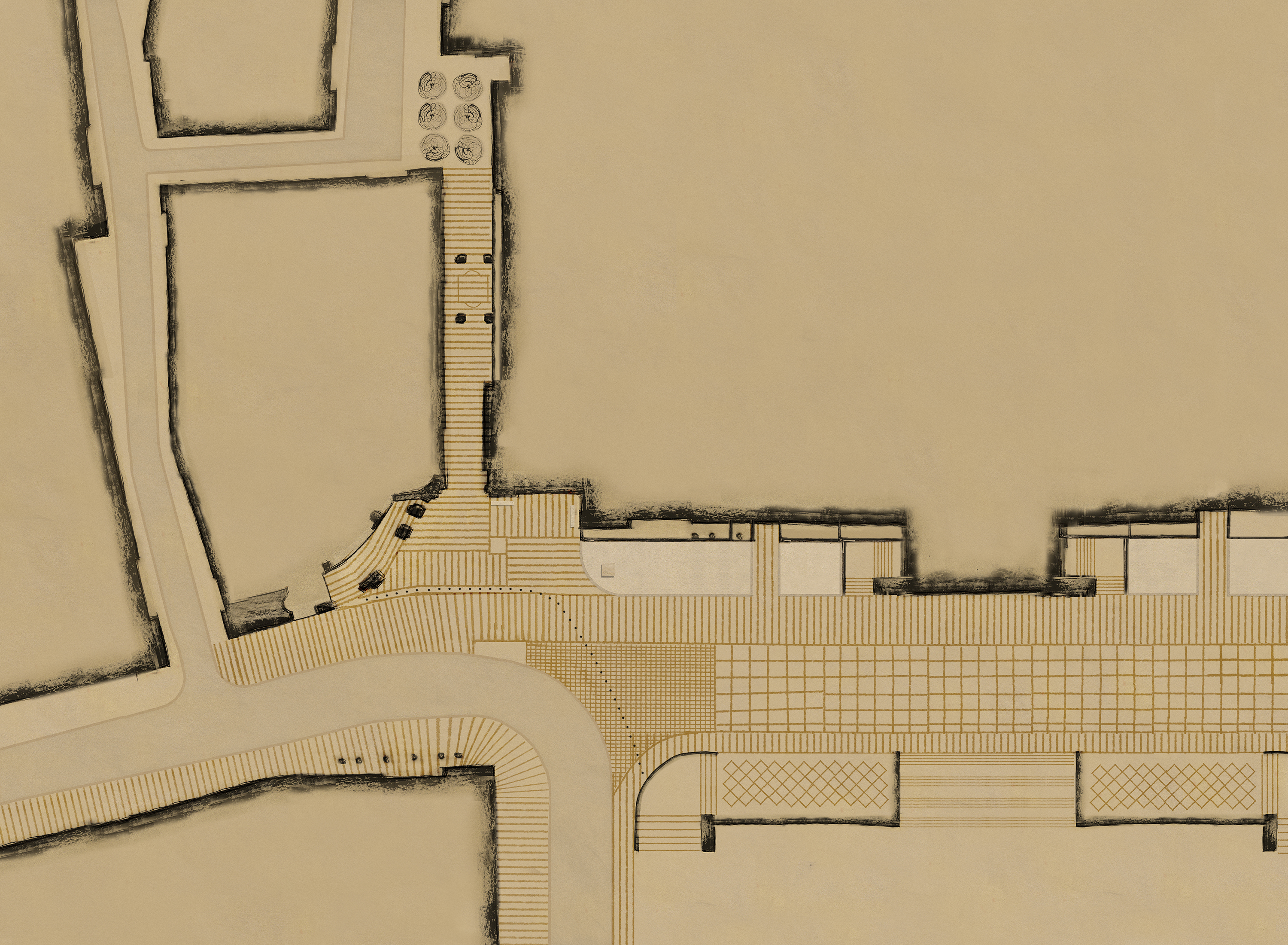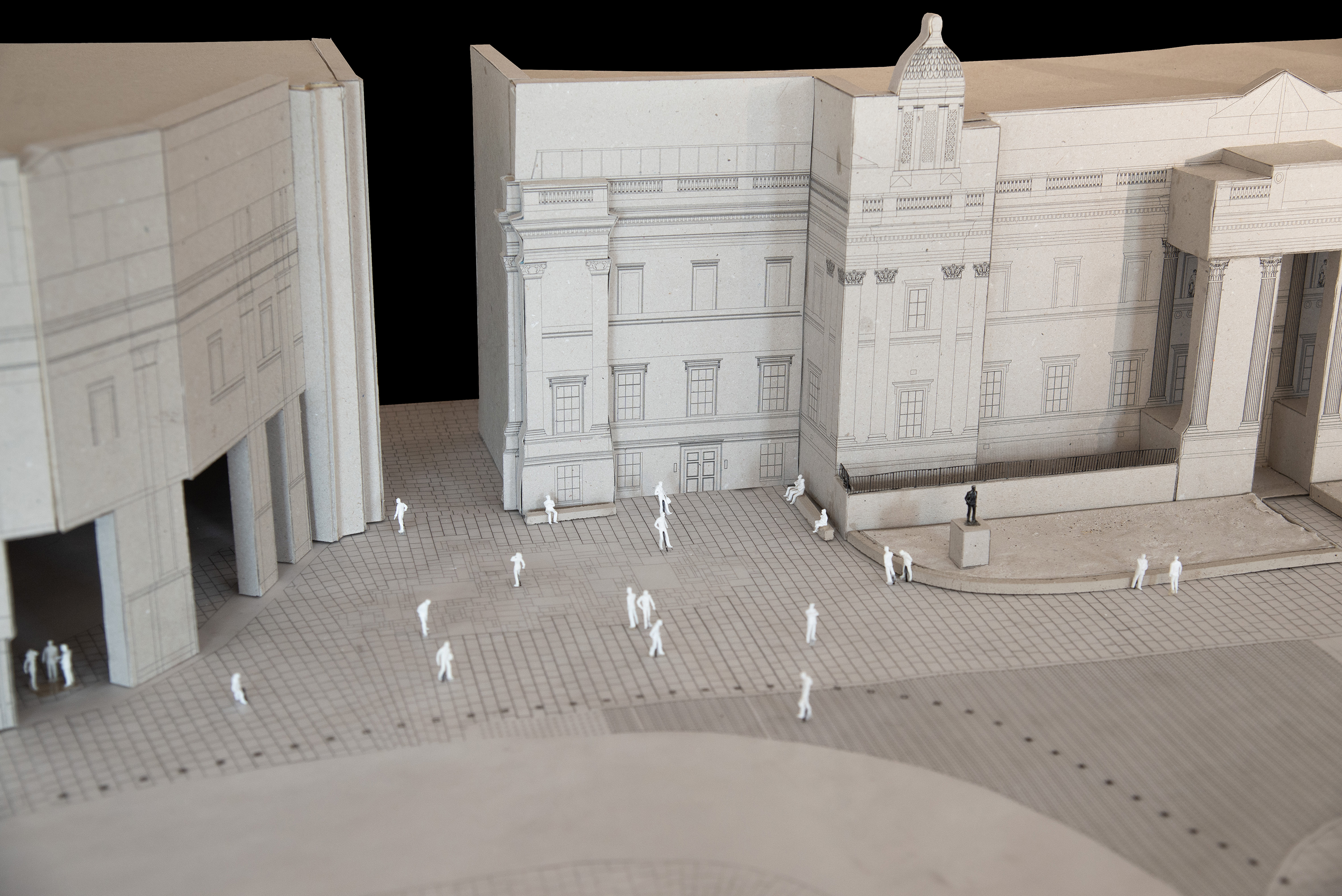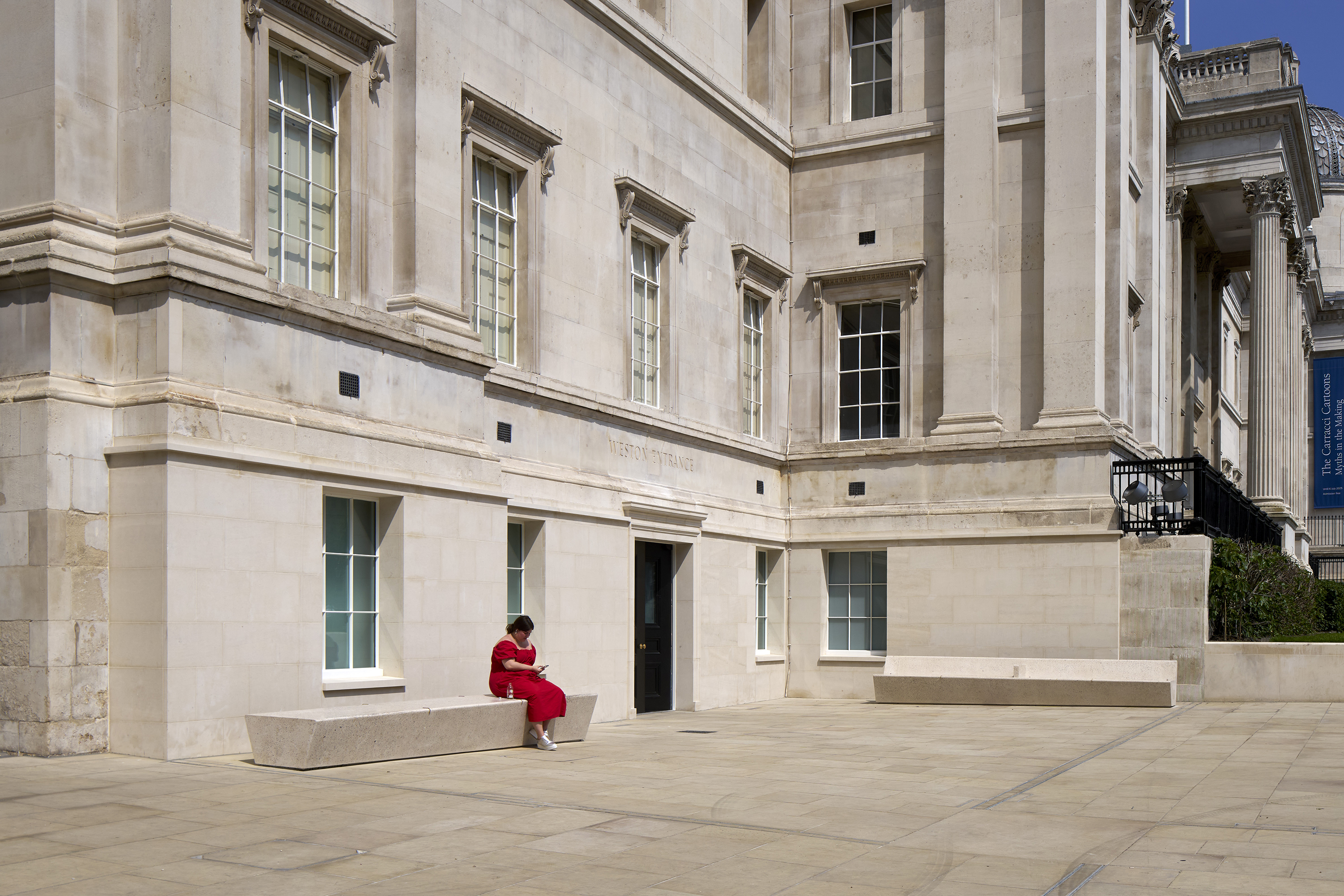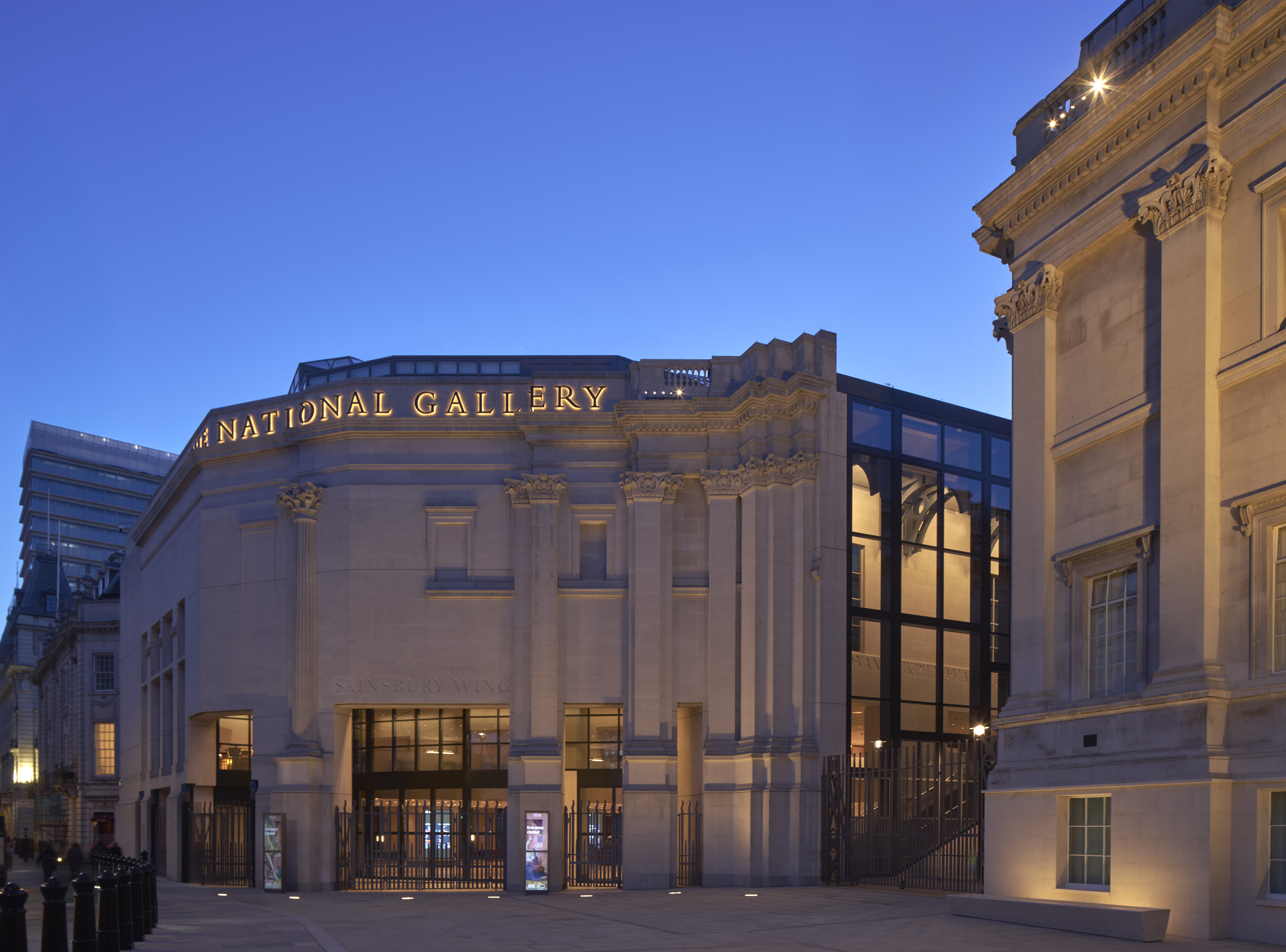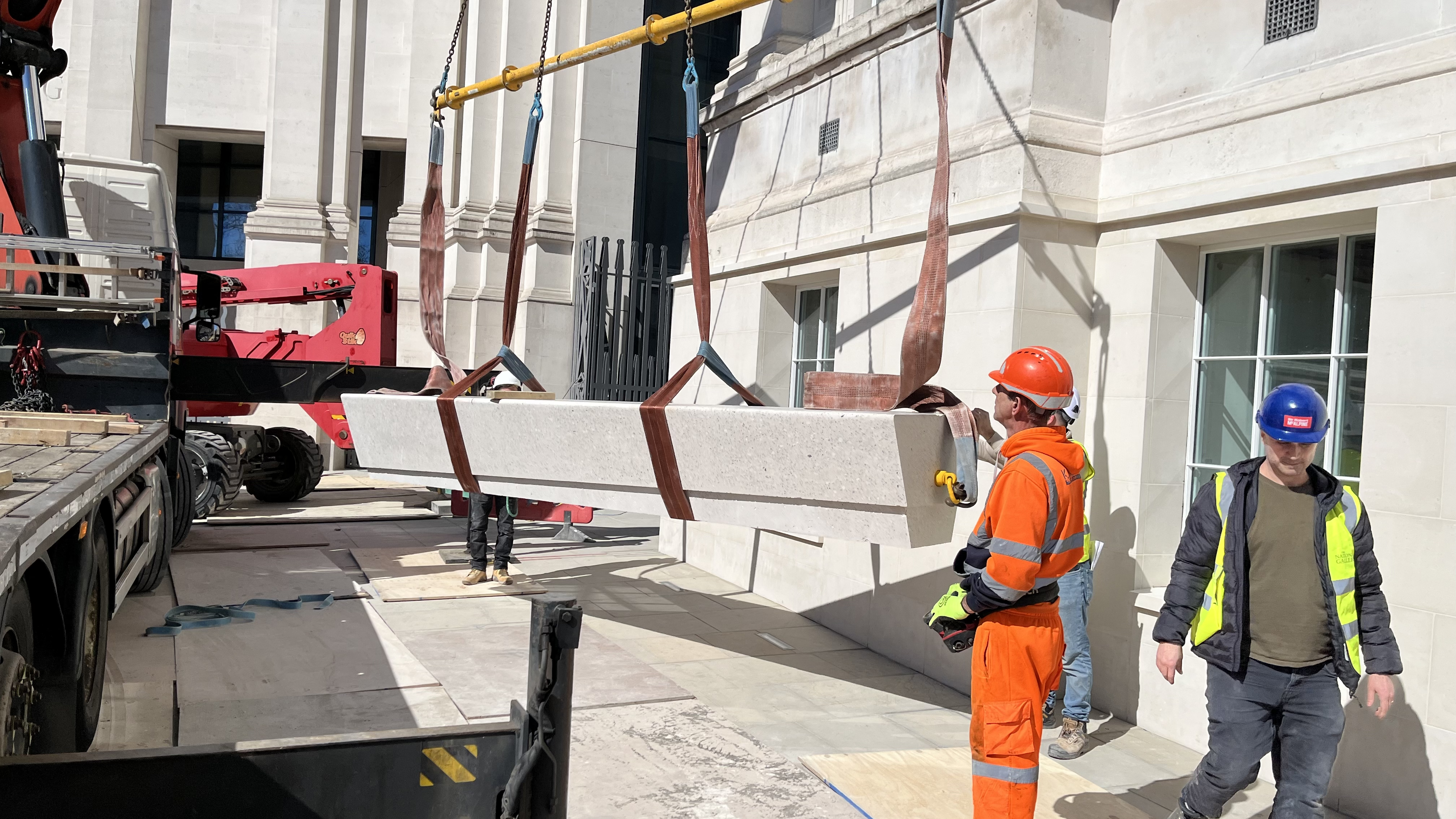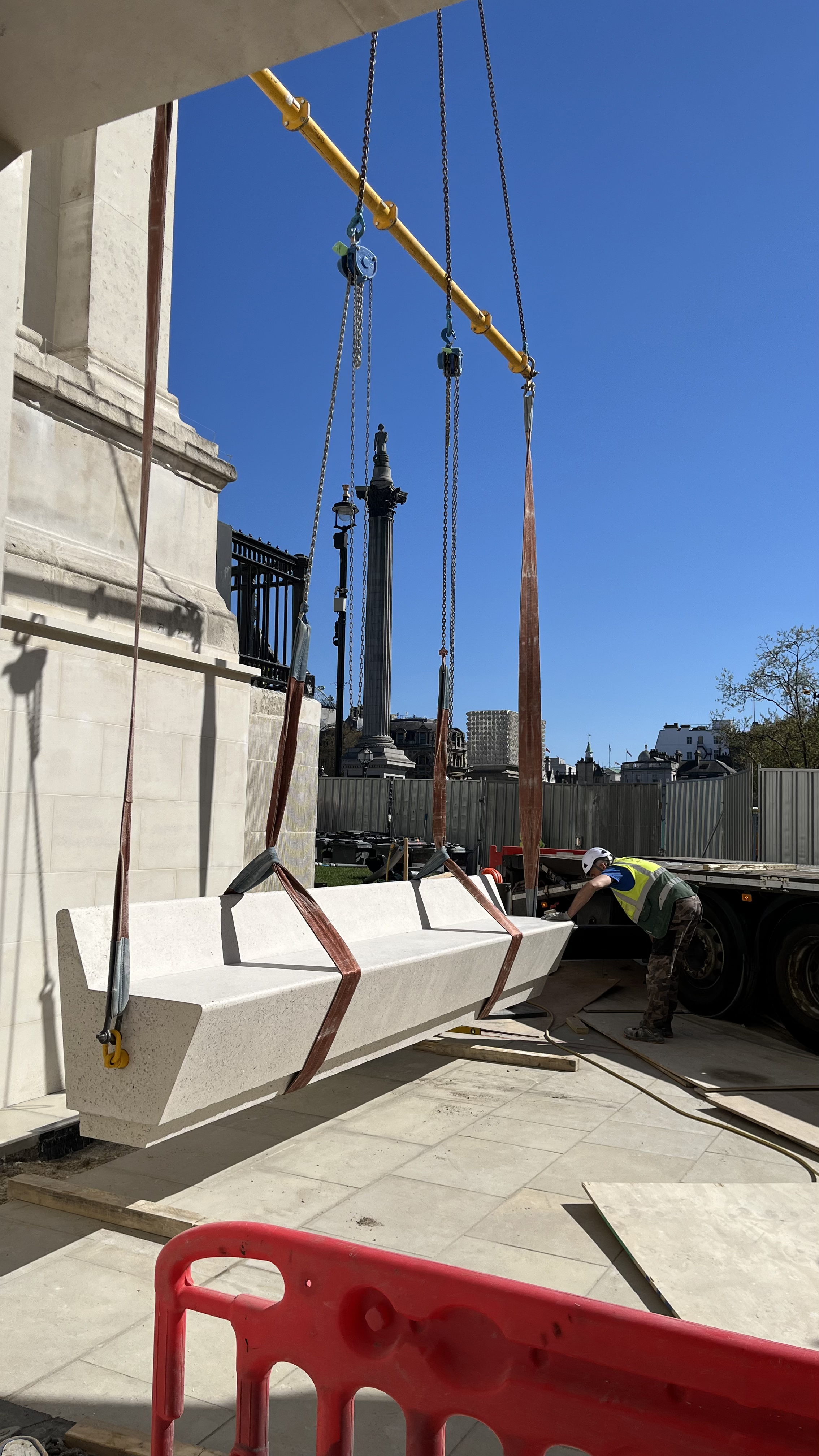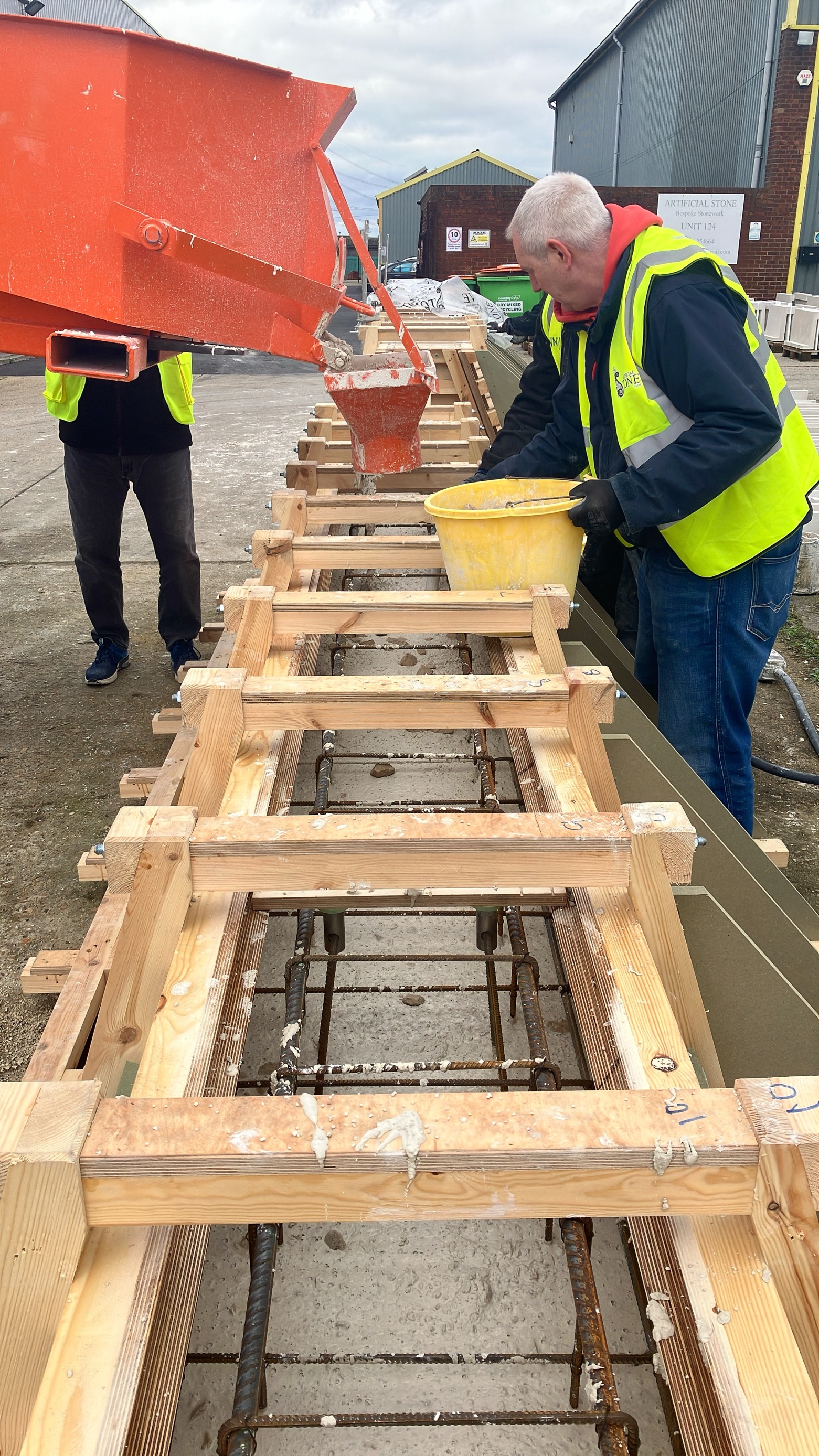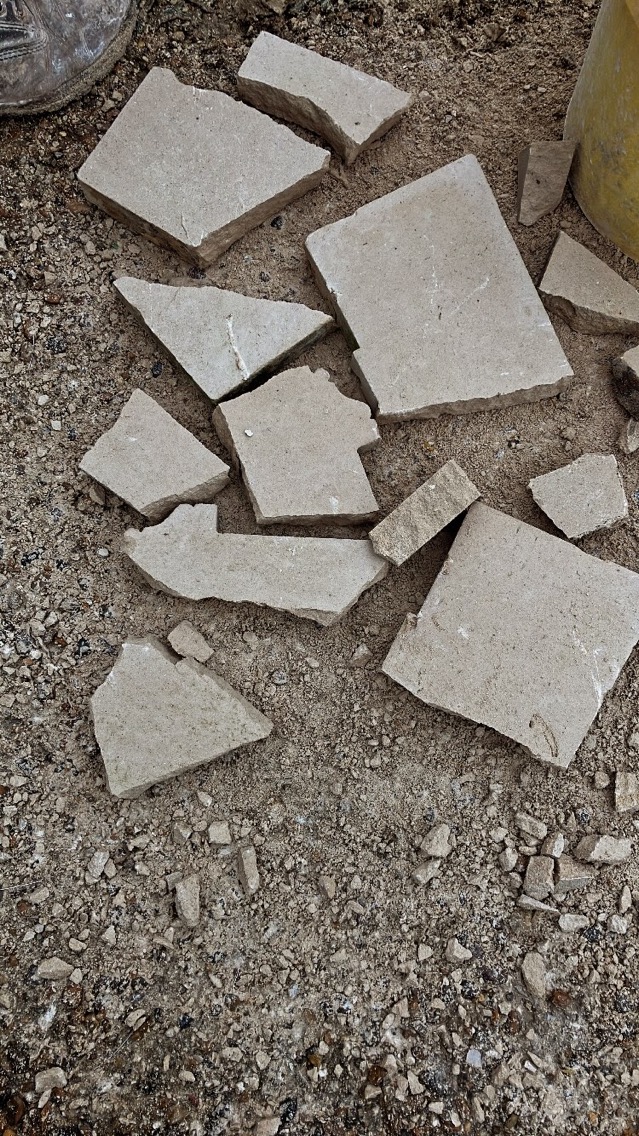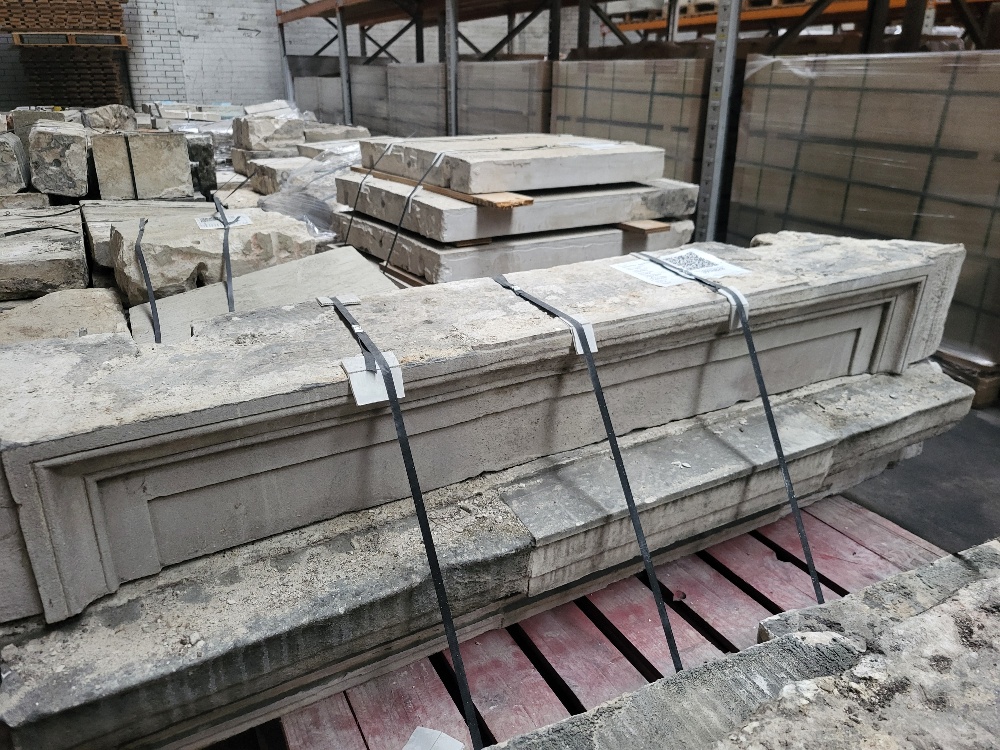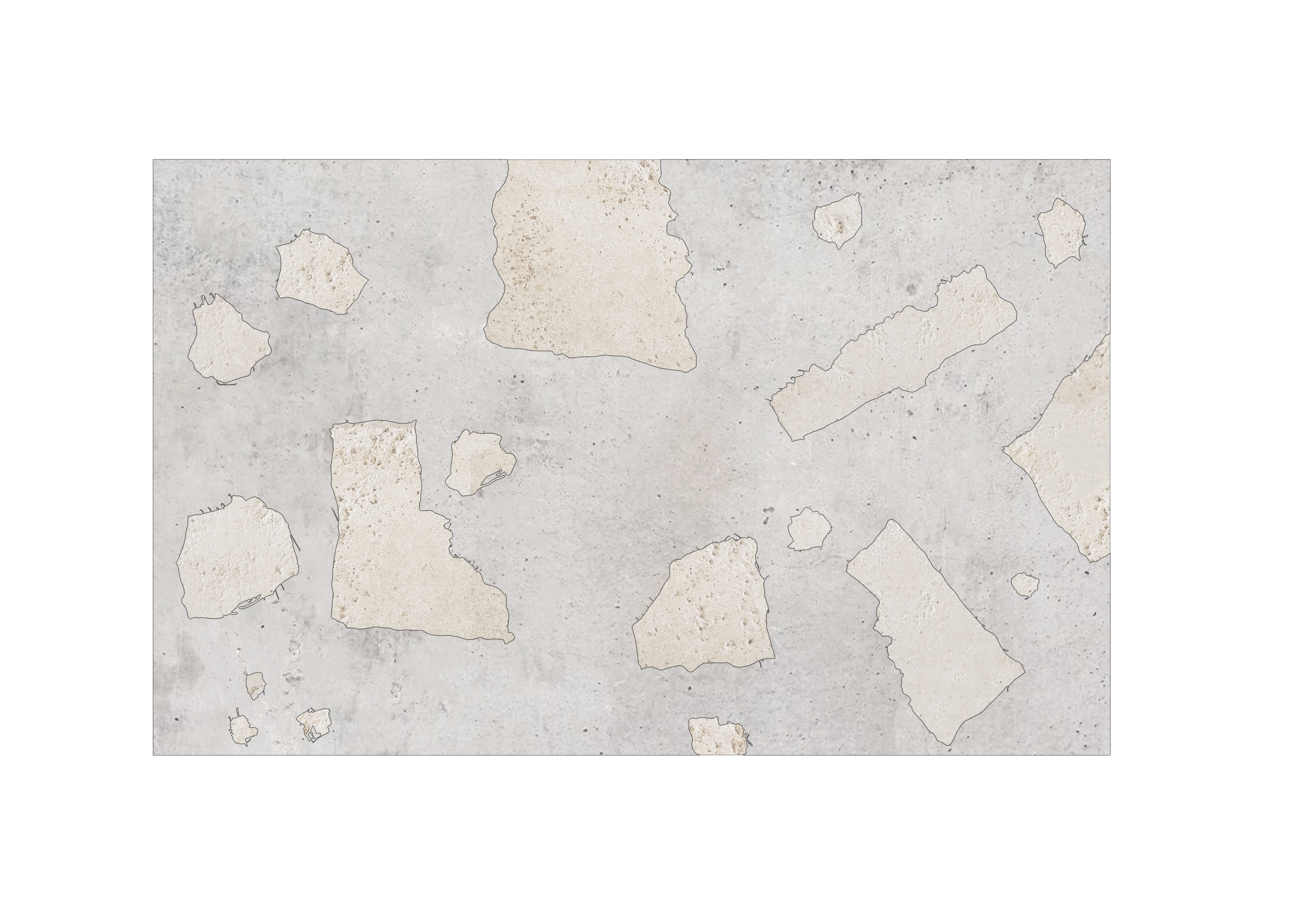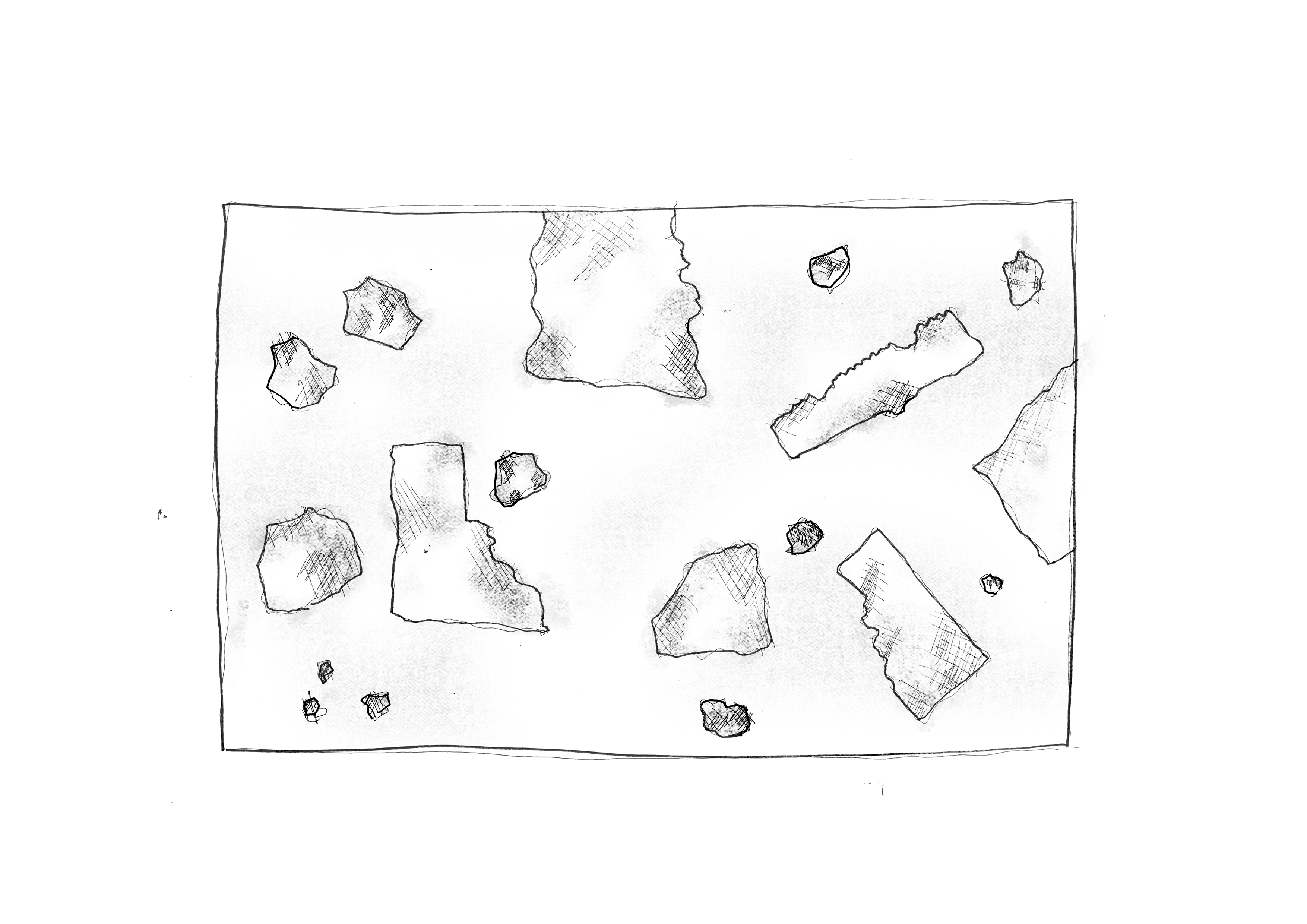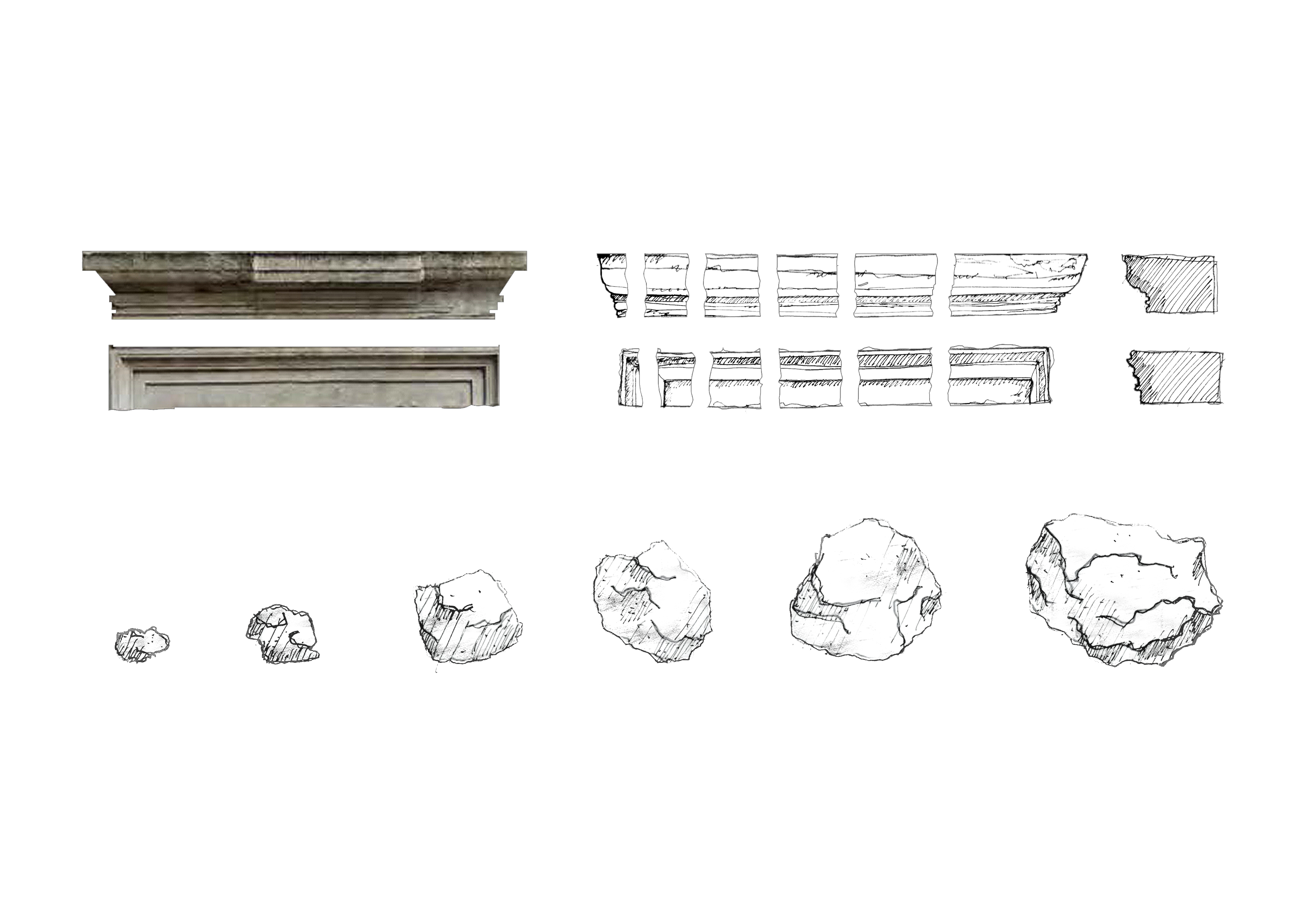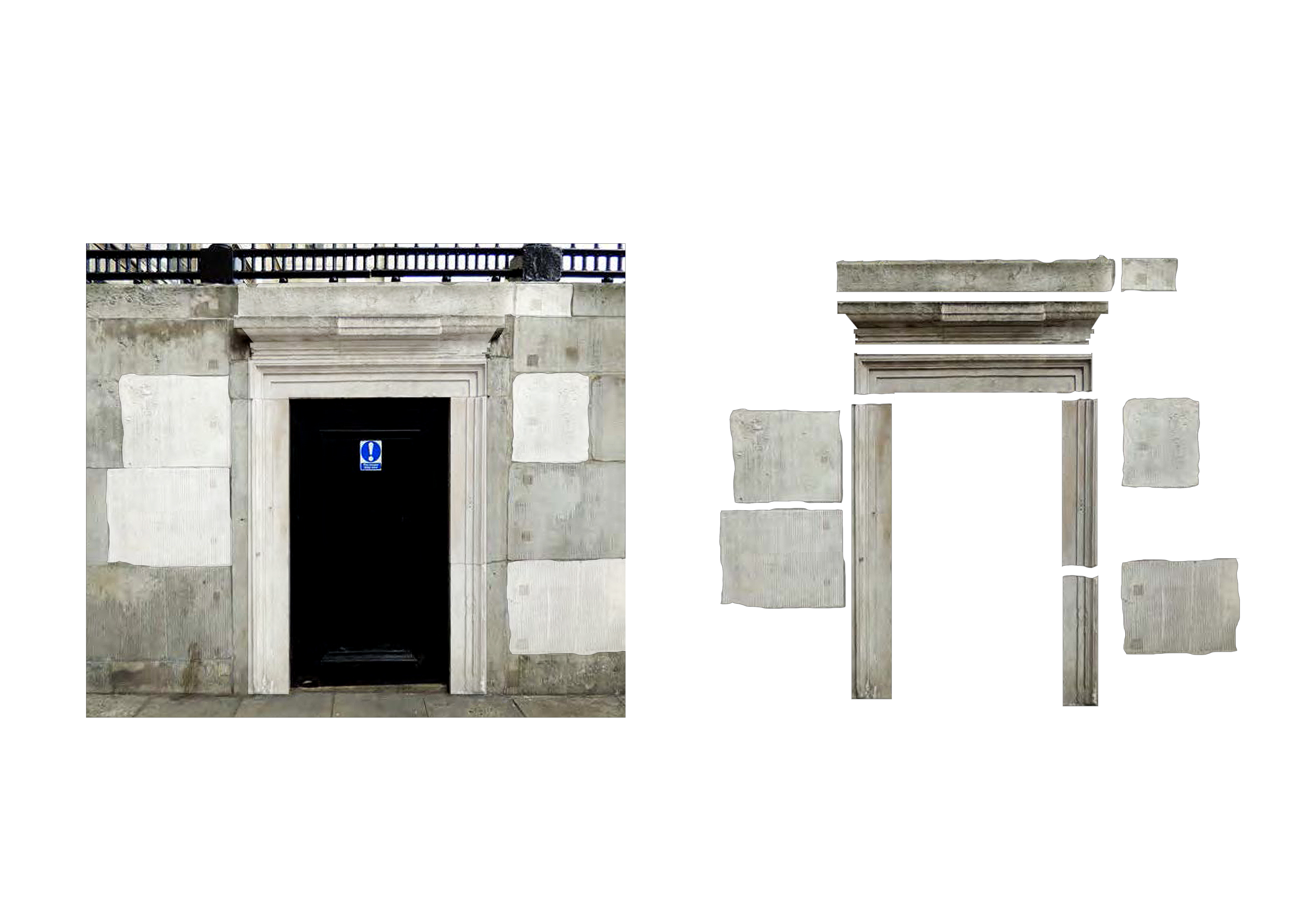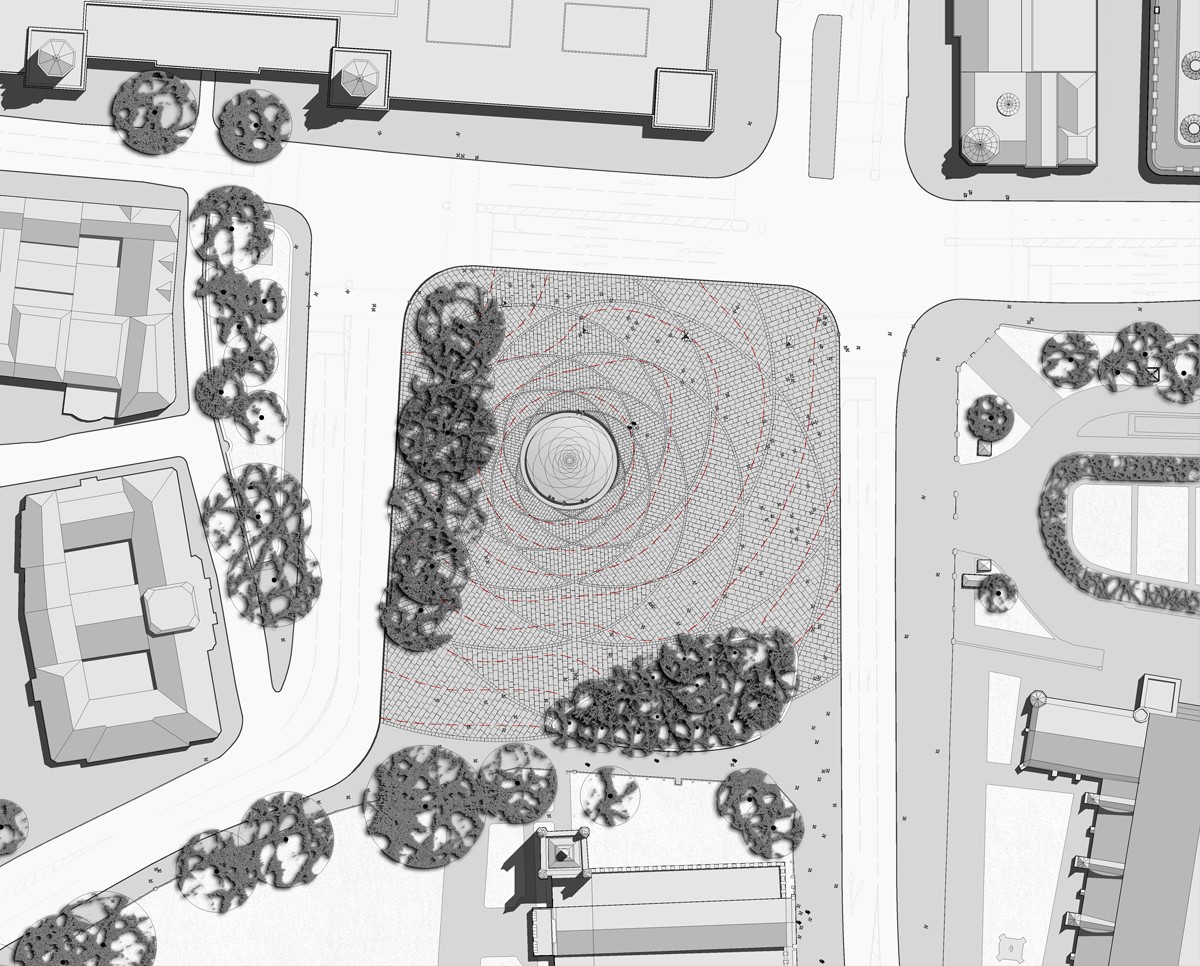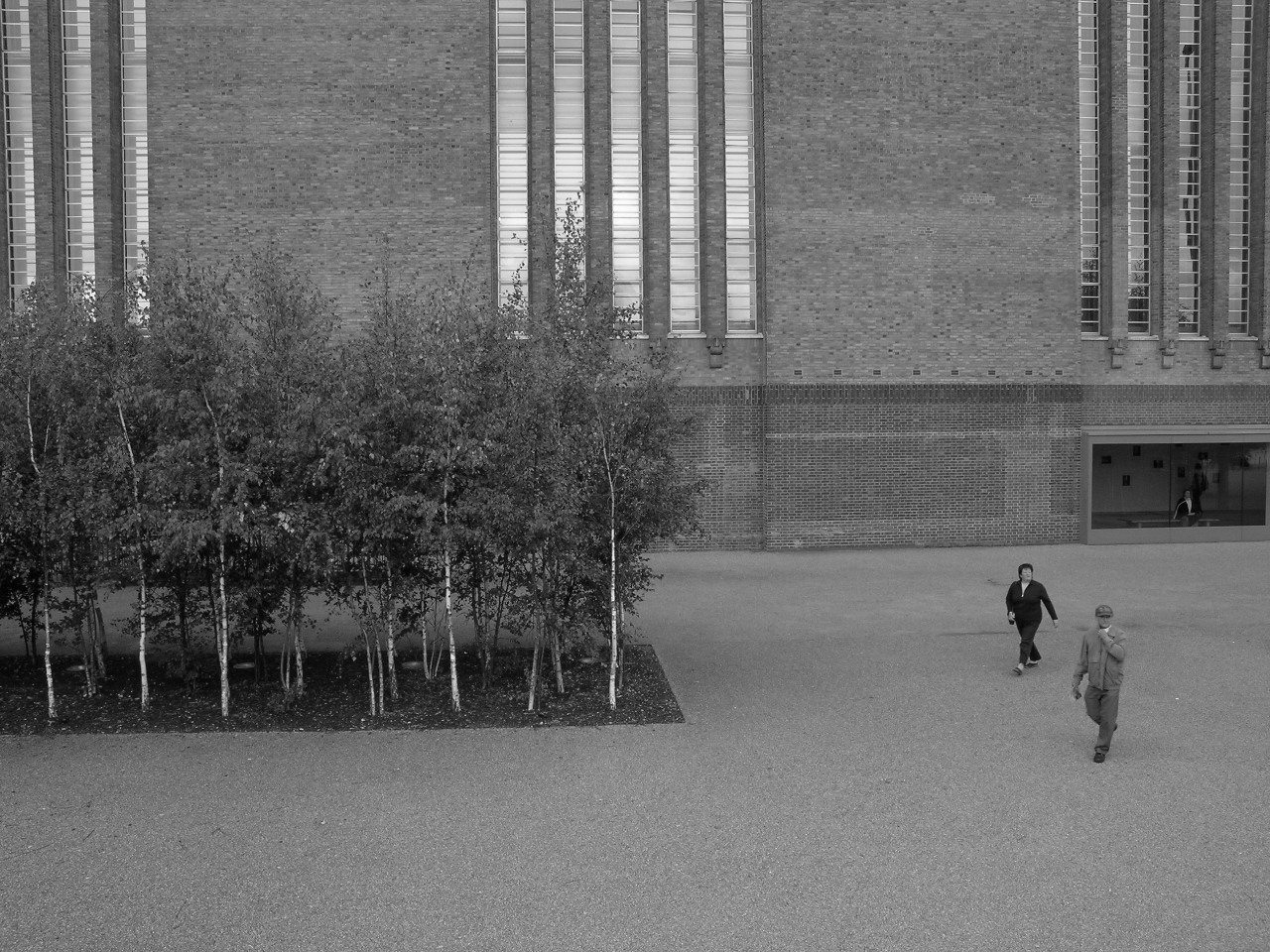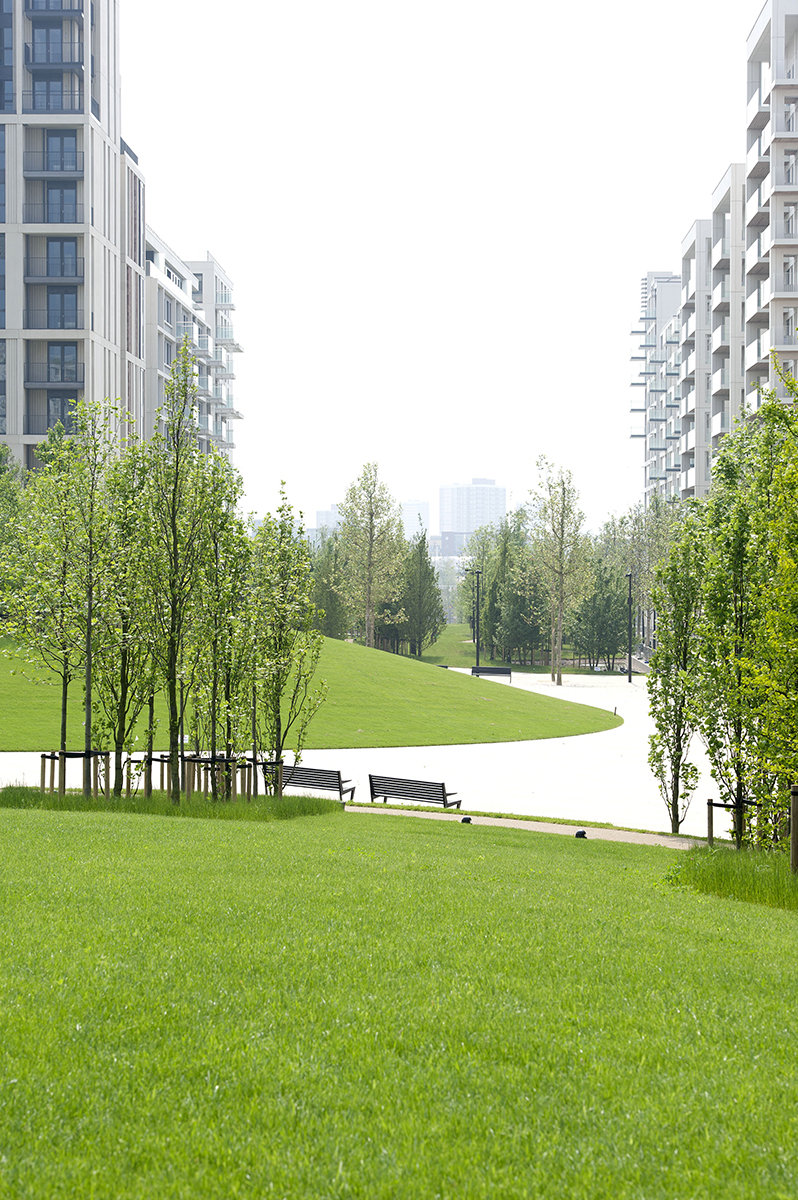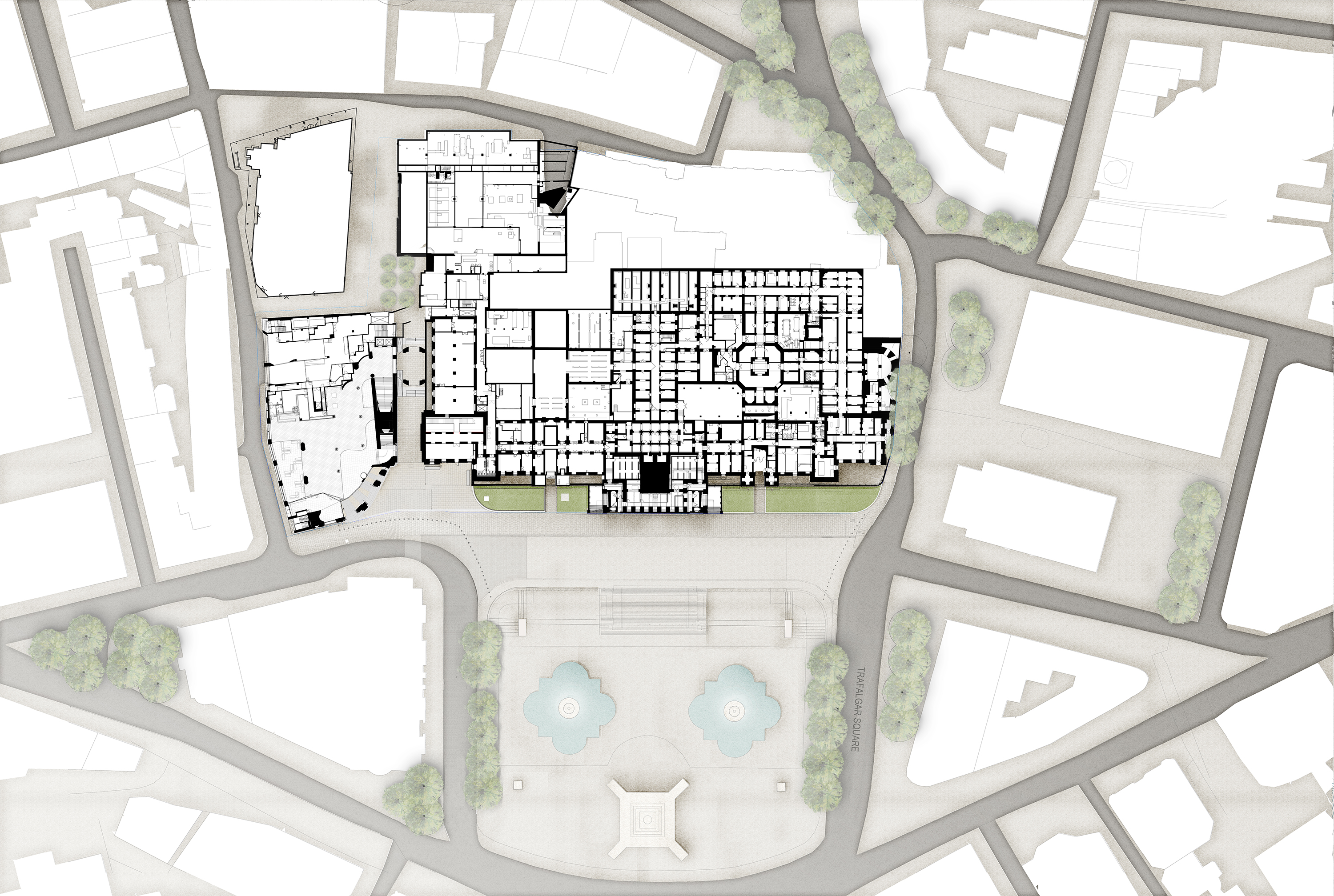
To mark its bicentennial, the National Gallery refurbished its Sainsbury Wing, now becoming the main entrance into the museum, for which VOGT designed a new welcoming entrance square.
The new entrance square sits at the intersection of two distinct urban axes: the grand civic axis running east-west from linking major public spaces and cultural institutes, and the more informal and intimate north-south axis, forming a series of smaller interconnected squares and passages, bookended by two of the cities’ most prominent squares: Leicester Square and Trafalgar Square.
The Sainsbury Wing was not originally designed as the main entrance, but it had become that over time because of its step-free access and entrance position within the museum sequence. The new entrance square is an enlarged public space through removal of a former courtyard and part of the raised lawns. This allows for more space for the main entrance and to create more prominence of the new entrance onto Trafalgar Square. Removal of the courtyard also enables a more direct architectural dialogue between the 19th Century Wilkins building and the post-modern Sainsbury Wing, which in itself is a response to the architecture of the museum. It allows the museum to expand its activities and presence into the public realm, and for members of the public to engage more directly with the museum, even if they don’t intend to visit the gallery.
The square is paved in yorkstone, the archetypical paving stone of London, making this a place that immediately forms part of the city fabric and feels inviting to all users. The square is subdivided into four quadrants, each paved with a regular paving pattern, but with a changing paving direction, responding to the immediate context. At the centre is an enlarged paving slab, which itself is a miniature of the entrance square. Two large concrete benches furnish the square, made of the material of the former courtyard wall. The Portland limestone that this wall was made of has been crushed up and used as an aggregate to make these concrete benches, which has been exposed and honed down to make visible and touchable. The large benches are a miniature of the square itself, a place to meet, wait for a friend, or just sit and watch the world go by.


